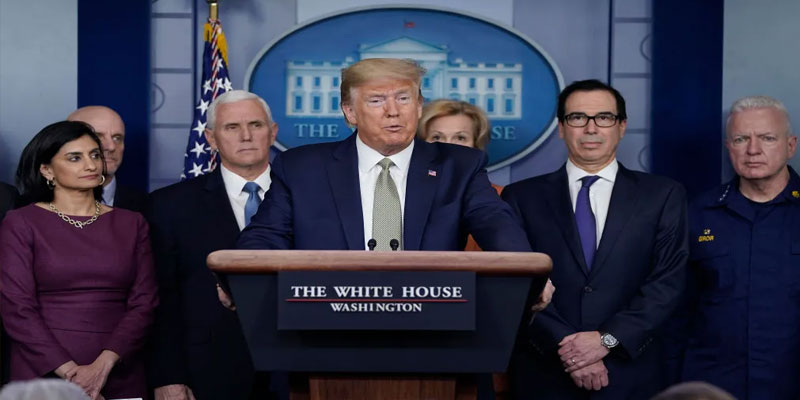From Trade Wars to Tech Wars
The U.S.–China tariff war that began under President Donald Trump continues to ripple through the global economy. Initially aimed at balancing trade deficits and curbing China’s industrial rise, the tariffs have evolved into a deeper economic conflict, now centered on technology and national security.
While former President Biden enforced aggressive export controls targeting China’s advanced semiconductor capabilities, it’s Trump’s return to tariff-focused strategy that’s poised to create fresh shockwaves—this time threatening to cost U.S. chip equipment makers over $1 billion annually. With the U.S. aiming to reduce dependence on China and boost domestic manufacturing, the semiconductor industry has become a key battlefield. However, those same policies may end up hurting the very American companies leading the charge in chipmaking innovation.
How the Tariffs Add Up
Industry insiders and sources close to discussions in Washington revealed that Trump’s proposed tariffs could inflict annual losses of around $350 million each on the top three U.S. chip equipment firms: Applied Materials, Lam Research, and KLA. These companies manufacture the complex and specialized machinery used to produce semiconductor chips, much of which depends on intricate global supply chains.
Smaller firms like Onto Innovation could also face tens of millions in additional costs. These numbers include lost sales, particularly of less advanced tools often sold to overseas clients, as well as added costs of tariff compliance and switching to alternative, often more expensive, suppliers.
The figure—over $1 billion in total—is a preliminary estimate, but it’s already sparking concern among industry leaders and lawmakers alike. Executives have been meeting with U.S. officials and trade groups, including SEMI, to relay the potential damage to one of America’s most strategically vital industries.
Biden-Era Controls Already Took a Toll
These prospective losses come on top of billions in revenue already wiped out under the Biden administration’s strict export controls. Those measures targeted high-end semiconductor tools and technologies to prevent their use in China’s military or artificial intelligence development.
While Biden’s approach was surgical—focused on national security—Trump’s tariffs are broader and could end up hitting less sensitive but still highly lucrative segments of the industry.
The new tariffs are part of a broader strategy to reshape America’s industrial base by encouraging domestic production. In April, Trump announced a new wave of reciprocal tariffs but paused implementation while further options were considered, including potential duties on semiconductor equipment imports. A formal investigation into these imports began just this week, raising alarms within the industry.
The Complicated Nature of Chipmaking
One of the reasons these tariffs pose such a risk is the nature of the technology involved. Chipmaking tools contain thousands of highly specialized parts, many sourced internationally. Replacing suppliers or rerouting manufacturing isn’t just expensive—it’s time-consuming and could delay production across the supply chain.
In addition to the direct financial hit from tariffs, companies may also need to invest in new personnel just to manage the compliance burdens. With uncertainty around the final scope of the duties, companies are struggling to forecast the full financial and operational impact.
Strategic Conflict or Self-Inflicted Setback?
The semiconductor industry lies at the heart of modern technology—from smartphones and servers to artificial intelligence and defense systems. The U.S. has long led the world in designing and building the machinery that powers this sector. But as trade and tech policies become more aggressive, even America’s industry champions are feeling the heat.
While the goal of reshoring manufacturing and reducing reliance on geopolitical rivals like China is a strategic imperative, the path to achieving it is fraught with risk. If not carefully managed, the very tools meant to strengthen U.S. competitiveness could undermine its global leadership in chipmaking.
As the Trump administration weighs its next move, the semiconductor equipment industry—and the broader tech economy—waits anxiously to see whether these tariffs will bolster American innovation or become another self-inflicted wound in an increasingly complex trade war.
(With inputs from agencies)





